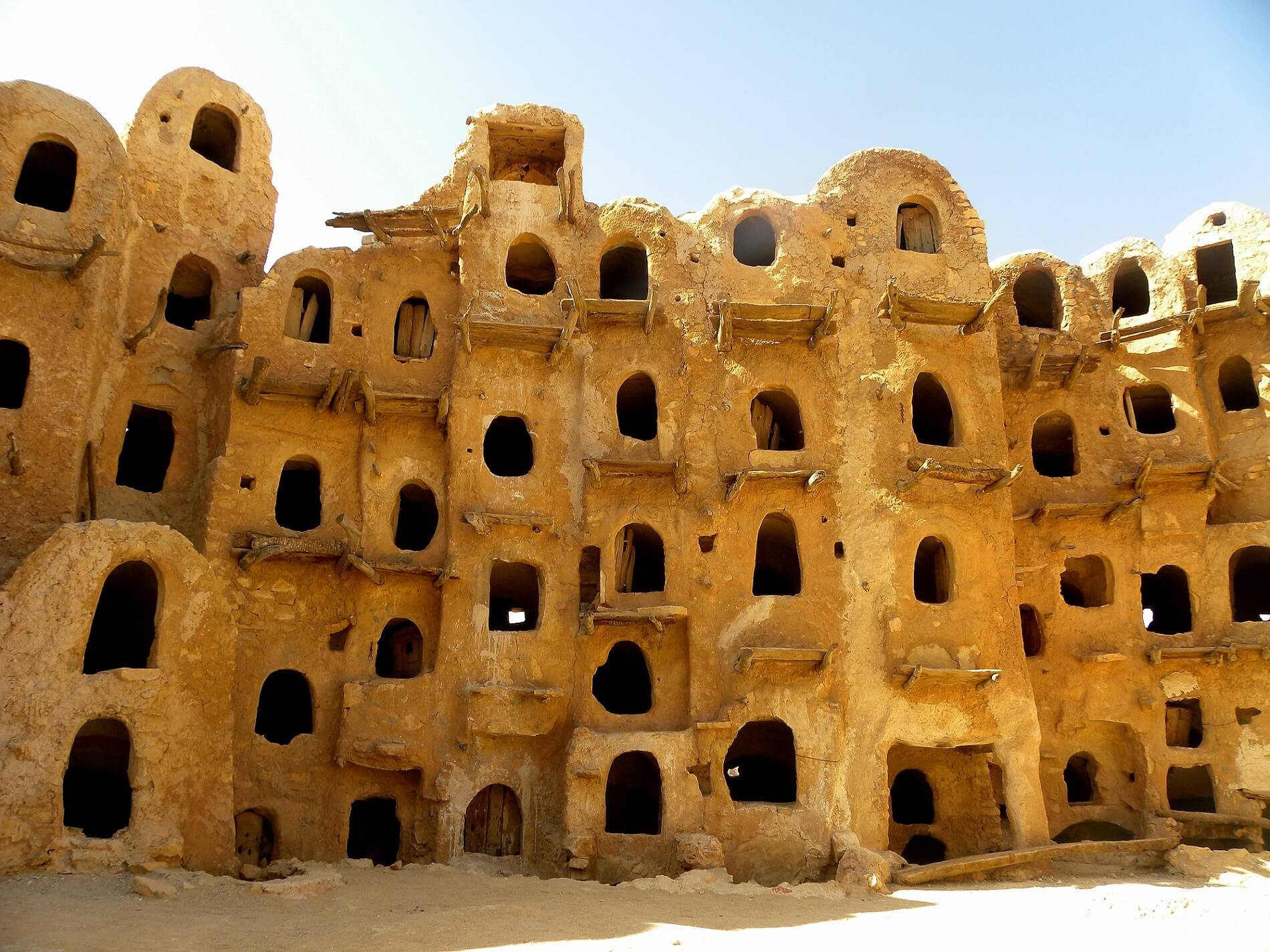Last week saw an armed rebellion against IS take place in Sirte only to be brutally crushed in a couple of days. Widespread fighting erupted in the costal town on Tuesday 11 August when IS militants killed the Salafi cleric Khalid bin Rajab Farjani, the Imam of Sirte’s Cordoba Mosque and a member of the powerful local Farjani tribe. The Imam was killed after he repeatedly refused to pledge alliance to the IS and carried out heated sermons contesting their authority to speak as sole representatives of Islam. The Imam’s murder caused in turn a widespread rebellion in the city’s area known as District No. 3, the only major part of Sirte not fully under IS control.
Instability in the city however lasted briefly, with IS members capable of establishing control of District No. 3 in a matter of hours, also due to the scarcity of weapons available to local Sirte militias opposing them. After the initial clashes, IS fighters in town have reportedly been trying to make an example out of the Farjani tribe and of the Salafi cells that rose up against them. District No. 3 was indiscriminately shelled and IS militants went on a house-by-house manhunt of their enemies. Reports indicate that at least 200 members of the Farjani tribe and of the Salafi network affiliated with Khalid al-Farjani were killed in cold blood. Furthermore, the city’s Gamal Abdul Nasser clinic, where a number of wounded Farjani fighters were being treated, was set on fire. Others who rose against IS were crucified and put on display in the city’ streets. The Voice of America reports:
Human Rights spokesman Rupert Colville, said the apparent opposition of civilians has triggered a wave of reprisals by the extremists, also known as ISIL. “The total number of fatalities is currently not known, but unconfirmed estimates received by UNSMIL [UN Support Mission in Libya] range between four and 38 killed. By 13 August, ISIL had reportedly captured at least 16 men from the 3rd district, and we have serious concerns about their safety," he said.
"Witnesses have reported seeing four bodies hung from poles in three separate locations, including a roundabout, in Sirte," said Colville. "It is unclear at this point whether these individuals were killed during the course of the fighting or had been summarily executed.” (...) “It seems that the public flaunting of these murders is intended to send a message to anyone challenging ISIL in Libya. Groups affiliated with ISIS have also been targeting individuals on the basis of their religion," said Colville.
The potential impact of events in Sirte has not yet played out, neither at the regional nor at the national level. At the regional level, the increasingly violent and assertive presence of the IS in Sirte could facilitate the military intervention of various stakeholders. Already on Sunday 16 August, several airstrikes were conducted over a number of strategic sites in Sirte controlled by IS. Airstrikes were undertaken by fighter jets employing high-altitude bombing techniques considered outside of the scope of technical abilities of Libyan air forces. These attacks could signal the re-engagement of regional actors, likely led by the Egypt and the UAE, in the fight inside the country. However, the risk that certain regional powers could seize this opportunity to pursue their own agenda and undermine the national rapprochement process is quite likely. In this sense, western stakeholders and international organisations should make sure that the efforts that went into reaching a tentative national agreement are not now squandered by monitoring and putting pressure on Arab states to not heed the Tubruq’s establishment call. The negative influence that regional actors can have and are having on Libya was discussed by Michael Lüders on the Deutsche Welle on Monday:
Is Libya already a "failed state" in your opinion?
Everything points in that direction. There are no functioning state institutions; there is no central power that is in a position to enforce the people's democratic will, or even its own claim to power across the country. There are too many shady players with very flexible alliances. In Libya, everyone is doing his own thing; among the foreign powers, Egypt and Algeria are at the fore in that respect.
The notion that there is a military solution to the problems in Libya is most likely an illusion. When a state has crumbled, it takes a long time to rebuild new structures. Presumably, that can only succeed when the warmongers have more or less disappeared. The war in Libya will continue for quite some time.
At the national level, instead, the brutal reminder of IS’s long term plans could have a positive facilitating effect on the achievement of a national rapprochement deal. In the hours following the massacre of Farjani tribesmen, both national level blocs have focused their efforts on condemning IS actions and calling for military actions to be taken against the group in Sirte. Up until today, the idea of military cooperation between the blocs remained still far from actualization, with both military establishments busy planning independent offensives and military actions to free Sirte from IS elements.
However, within Libya Dawn, an unexpected voice called for cooperation between the national level blocs: the GNC-aligned Grand Mufti of Libya Sheikh Sadiq al-Ghariany. Al-Ghariany issued in facta fatwa, describing IS as a cancer and encouraging members of Libya Dawn and of the Tubruq-aligned military establishment to jointly pursue the fight against the ‘real enemy’ attacking Libya. Hence, in the medium term, the positive unifying effect that the widespread violence and brutality displayed by IS cells in Sirte could have on moderates in both camps and among militias should not be underestimated. Especially the fatwa from Sheikh Al-Ghariany should be seen as a proof that the tide appears to have turned in Libya and that, in the current environment, dialogue and cooperation between national level blocs seem to be more palatable than outright face-to-face opposition.

